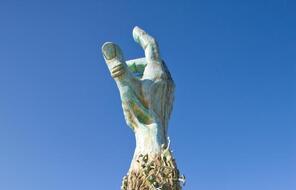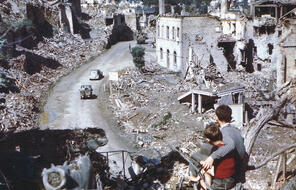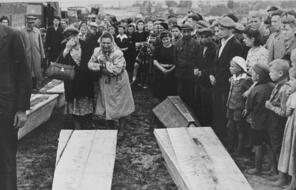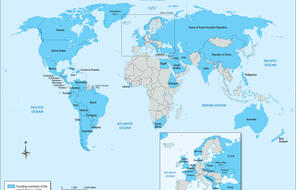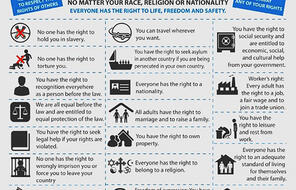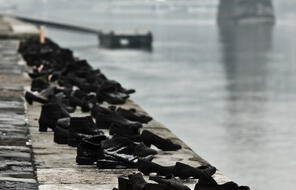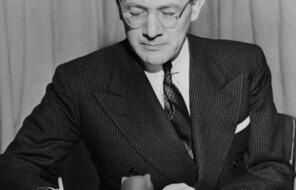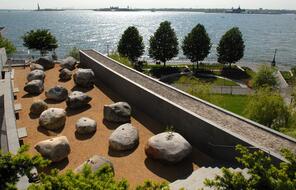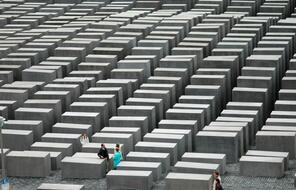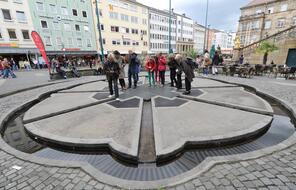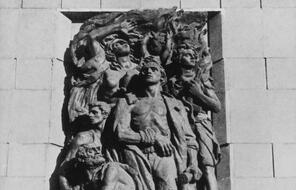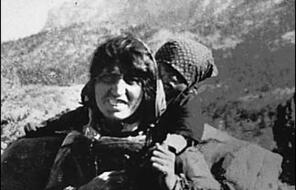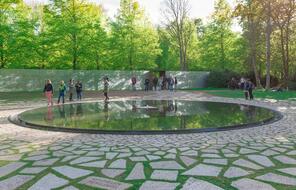
Legacy and Memory
At a Glance
Language
English — USSubject
- History
Grade
6–12- The Holocaust
Overview
About this Chapter
The Holocaust and World War II left profound legacies—in the shape of the immediate aftermath of the war and the decades that followed, in the lives of individuals and the course of nations, and in the new ideas, laws, policies, and institutions that were developed in response to the death and destruction. This chapter explores some of those legacies, and it also considers what it means not just to learn about this history but also to remember it and acknowledge how it influences our lives today.
Inside this Chapter
Analysis & Reflection
Enhance your students’ understanding of our readings on the legacies of the Holocaust with these follow-up questions and prompts.
Unlimited Access to Learning. More Added Every Month.
Facing History & Ourselves is designed for educators who want to help students explore identity, think critically, grow emotionally, act ethically, and participate in civic life. It’s hard work, so we’ve developed some go-to professional learning opportunities to help you along the way.
Exploring ELA Text Selection with Julia Torres
On-Demand

Working for Justice, Equity and Civic Agency in Our Schools: A Conversation with Clint Smith
On-Demand

Centering Student Voices to Build Community and Agency
On-Demand


